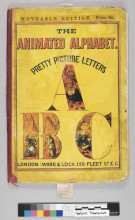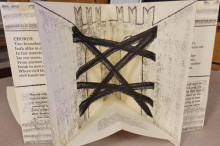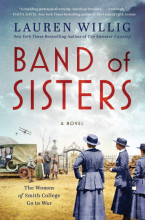Amy Crist
Library Blogs
Showing 441 - 450 of 1964 items

First in a series of guest posts from Shaoyi Qian, summer 2021 Baker Fellow at the U-M Library's conservation lab, describing her work on several pop-up and moveable books

When you use library services, do you think about the interaction-generated data? The U-M Library collects data on its patrons, from user profiles to online resource access information. Recently, the library has considered using this data to engage in library analytics, making inferences about users’ future behaviors. An Engagement Fellows project that began in 2020 seeks to learn more about what library patrons think of the use of analytics at the U-M Library.
•
Interested in studying video games during the Winter term? Check out this list of courses involving the study of video games that are being offered next term. Also, find out more about game studies on campus by checking out the Video Game Studies Research Guide.

The Accessibility Remediation Team was created to serve as a resource for students, faculty, and staff when they needed more accessible library content. Beginning in the Fall 2020 we identified tools and processes to use in remediating video, audio, and PDFs for accessibility. As part of our service, we focused on assessment, gathering feedback through ‘exit’ surveys of colleagues and patrons, and using project management tools to gauge the amount of time tasks take to complete.
•
Information about winter term hiring for the Design Lab Internship program, including responsibilities and qualifications, as well as a link to the online application.

Every year the National Book Foundation presents the National Book Awards to honor some of the best books published that year. The five judges for the award this year consisted of four published authors and one librarian. They chose winners in five categories: Fiction, Nonfiction, Poetry, Translated Literature and Young People’s Literature. This is a post consisting of the winners, with a spreadsheet of all of the longlist of nominees that are available at the library.

Join the Special Collections Research Center next Tuesday (14 December) at 4 pm EST for our final After Hours virtual open house of the term exploring materials from the Joseph A. Labadie Collection relating to prison abolition, prisoner support, and political prisoners.

Enjoy a portrait from a recently acquired photograph album with albumen print photographs featuring portraits of people and landscapes of Algeria and Tunisia.

Join us online this Thursday 18 November at 7 pm EST for a virtual walk through a selection of artists' books preserved in the Special Collections Research Center!

This is a wonderful, complex historical novel about a group of Smith College graduates who go to France during World War I to give aid to French villagers whose homes were devastated by the German invasion. The novel focuses on Kate and Emmie, two friends from very different backgrounds, and how the tensions created during their time in the war zone threaten to destroy their friendship. Author Lauren Willig paints an unforgettable portrait of life in the war-torn French countryside.